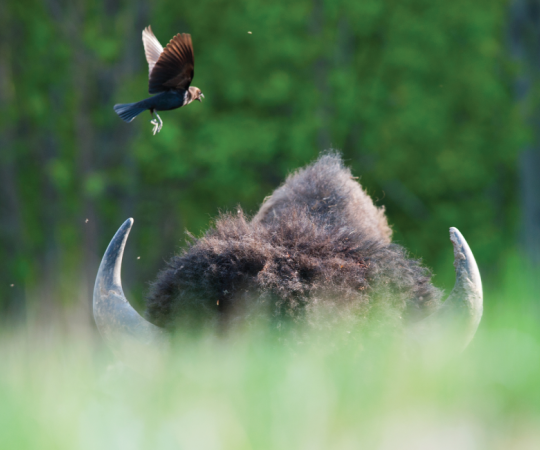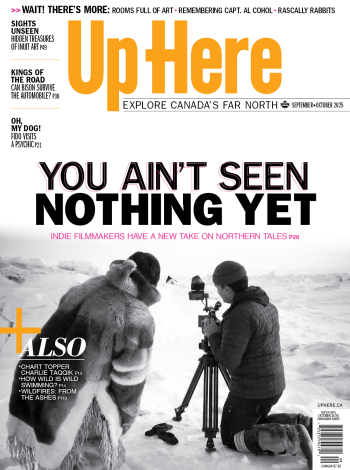A team of geologists has located a mysterious “lost” tectonic plate under northern Canada which, 60 million years ago, may have given rise to a series of ancient volcanoes.
Scientists knew of two tectonic plates in the Pacific Ocean at the time, called Kula and Farallon, but the presence of magma east of those former plates, in an area ranging from what is today Alaska down to Washington state, gave evidence of a third plate which was dubbed Resurrection.
Many geologists previously believed a third plate didn’t exist at all, while others argued Resurrection moved sideways and downward into the Earth’s mantle, 40 to 60 million years ago, when the Earth’s continents took their current shapes and sizes.
As published this week in the Geological Society of America Bulletin, geologists at the University of Houston College of Natural Sciences and Mathematics proved Resurrection’s existence using 3D mapping to “unfold” the movement of tectonic plates and reconstruct what the Pacific Ocean looked like in the early Cenozoic Era.

They were able to see how Resurrection fits in with ancient volcanic belts in Washington and Alaska and may have even given rise to the Pacific’s infamous Ring of Fire. This new knowledge could help geologists better predict volcanic hazards.
“Volcanoes form at plate boundaries, and the more plates you have, the more volcanoes you have,” Jonny Wu, assistant professor of geology in the Department of Earth and Atmospheric Sciences, explains in a statement announcing the discovery.
He adds with this new information, scientists can better understand how the earth’s climate has shifted in the past and how it might change in the future.
“Volcanoes also affect climate change. So, when you are trying to model the Earth and understand how climate has changed... you really want to know how many volcanoes there have been on Earth."










